Heart of Harlem



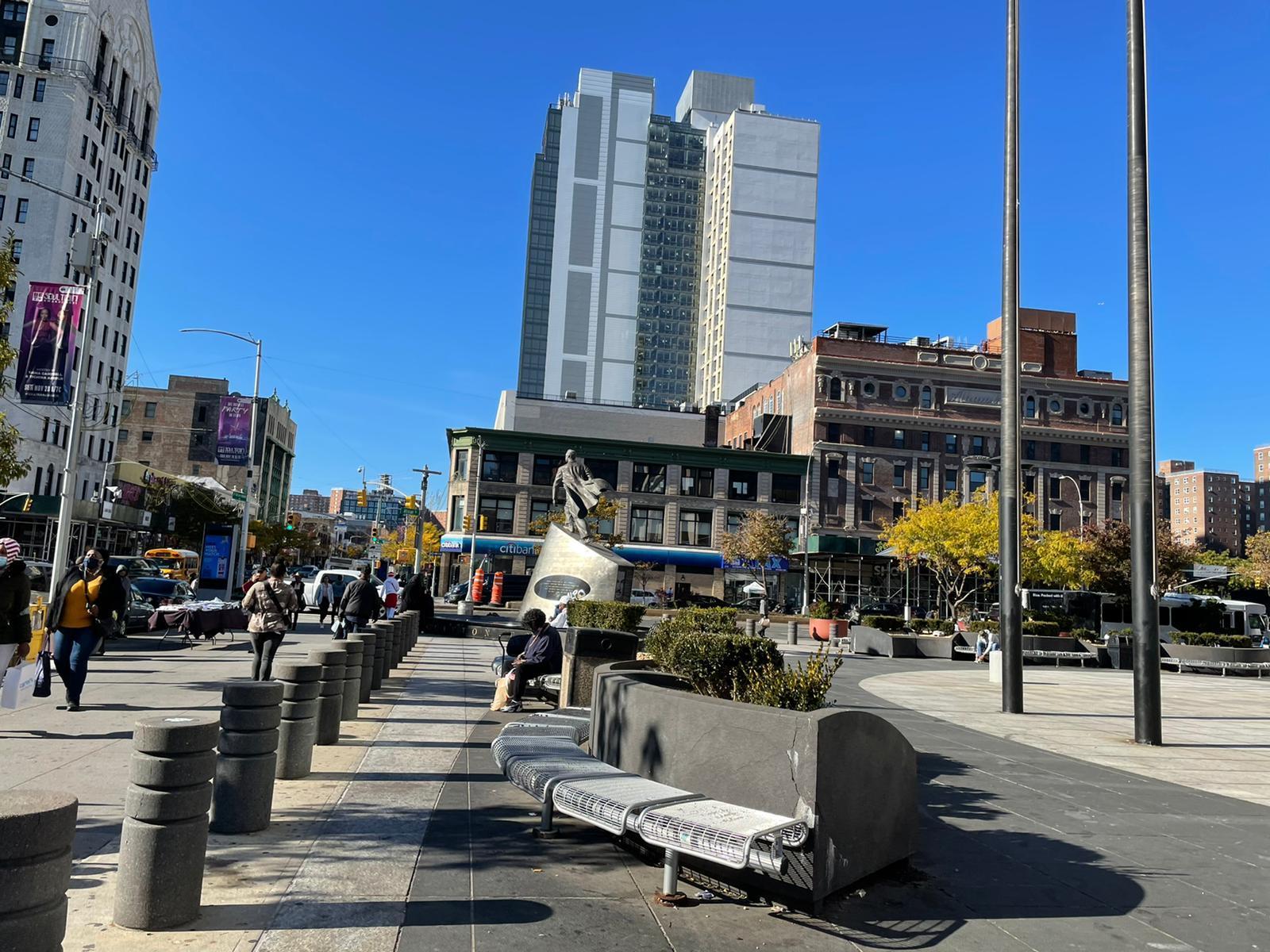

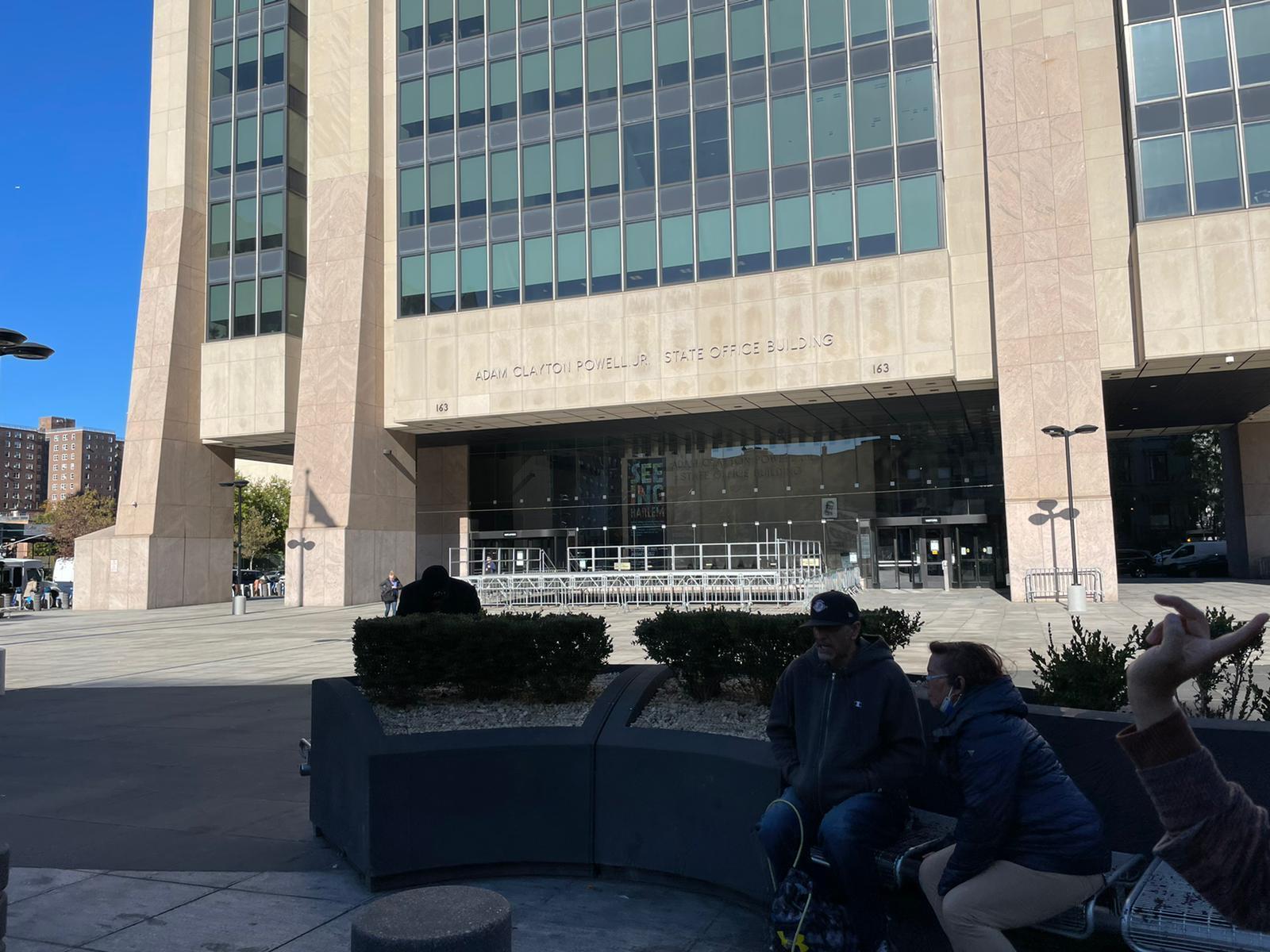


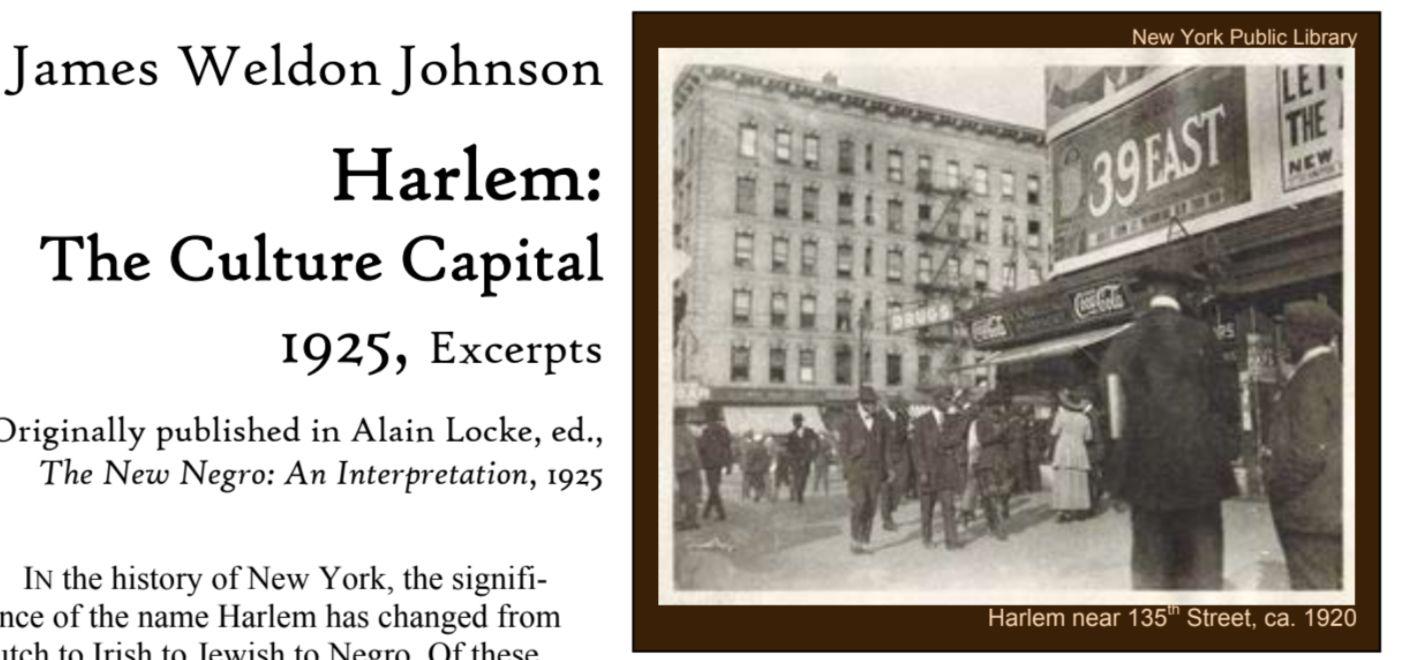





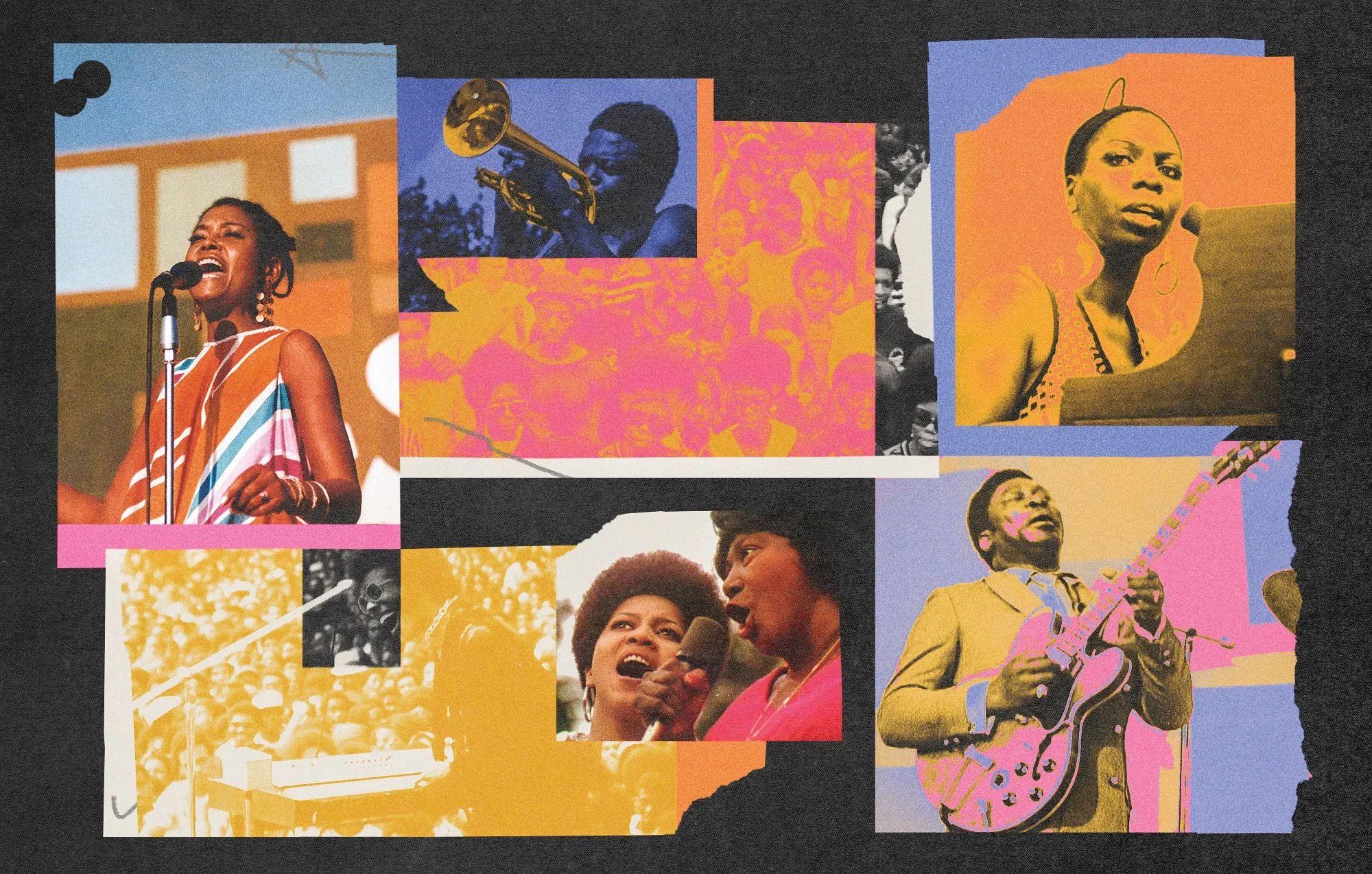



The Just City is a 2010 book by urban planning scholar Susan Fainstein. Fainstein conceptualizes the “just city”, the primary qualities of which are equity, democracy, and diversity.
...greater democratic control over the production and utilization of the surplus.
….
At this point in history, this has to be a global struggle, predominantly with finance capital, for that is the scale at which urbanization processes now work.

“a network of cities, with a certain division of labour ( technically, socially, politically) between cities linked together by road, river and seaways and by commercial and banking relations.”

"it is imperative that each city or community decide for itself what values it should assign to become more just."
“In the make-up of New York, Harlem is not merely a Negro colony or community, it is a city within a city, the greatest Negro city in the world. “

b.
a.

b.
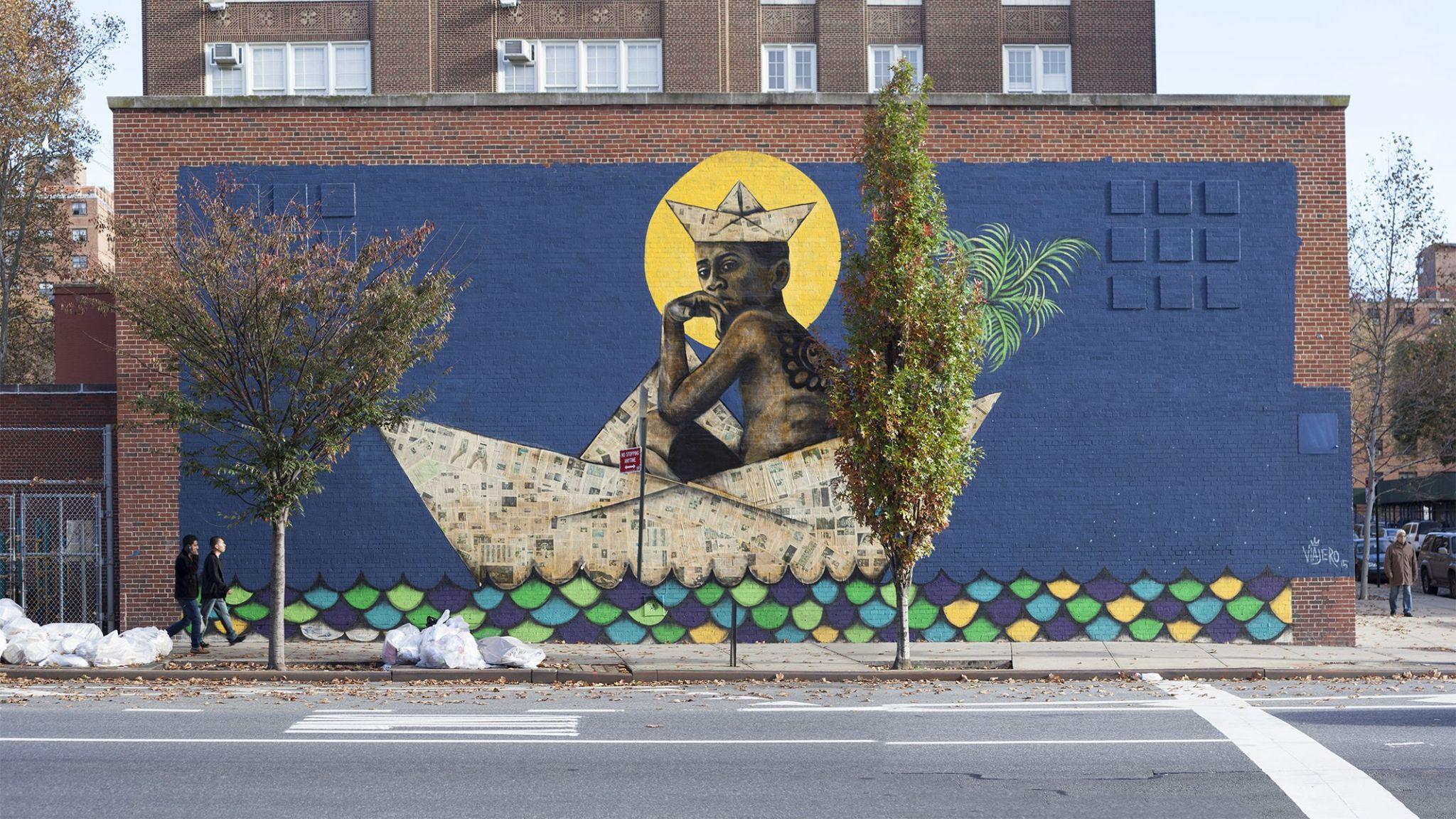
3. Ensure public art is an integral part of the plaza redesign:
a. To foster inquiry, learning and dialogue
To contribute to the cultural vitality and history of Harlem
c. To promote community identity
4. When selecting public art it is strongly advised to:
Support local artists and collaborations
Invite the community to participate in the selection process and creation of public artLIBRE mural by Viajero Black Lives Matter mural on Martin Luther King Jr Blvd
5. Provide public and accessible community space for art, music, and community events.

6. Incorporate landscaping to create an aesthetically pleasing environment and to provide a transition between the street and building.
7. Alter bollards to establish a designated food truck and eating area, and work with local food establishments, street vendors, and local organizations to support local cuisine and businesses.
School’s Out by artist Allan Rohan Crite
● The redesign of the plaza puts a focus on Policy objectives while giving back an important public space in the heart of Harlem.

● Softening the edges- allowing for a more organic movement through the space and redesigning the bollards for multiple uses.
● Taking references from the earlier proposals of the design of the plaza, it will create an accessible pedestrian walkway through the plaza and create elements of human scale to minimize the impact of the large, brutalist building that takes over the space.
● The design will have minimal interventions, such that it can be rearranged depending on the programming.
● The plaza has been a space for gathering- for civil rights movements, protest, as well as music, culture, and art. The redesign will allow for these activities to continue and encourage more access to the space.
● The design also allows for use on a more day-to-day basis. Seating, performance space, and green space will allow for more use of the plaza space.

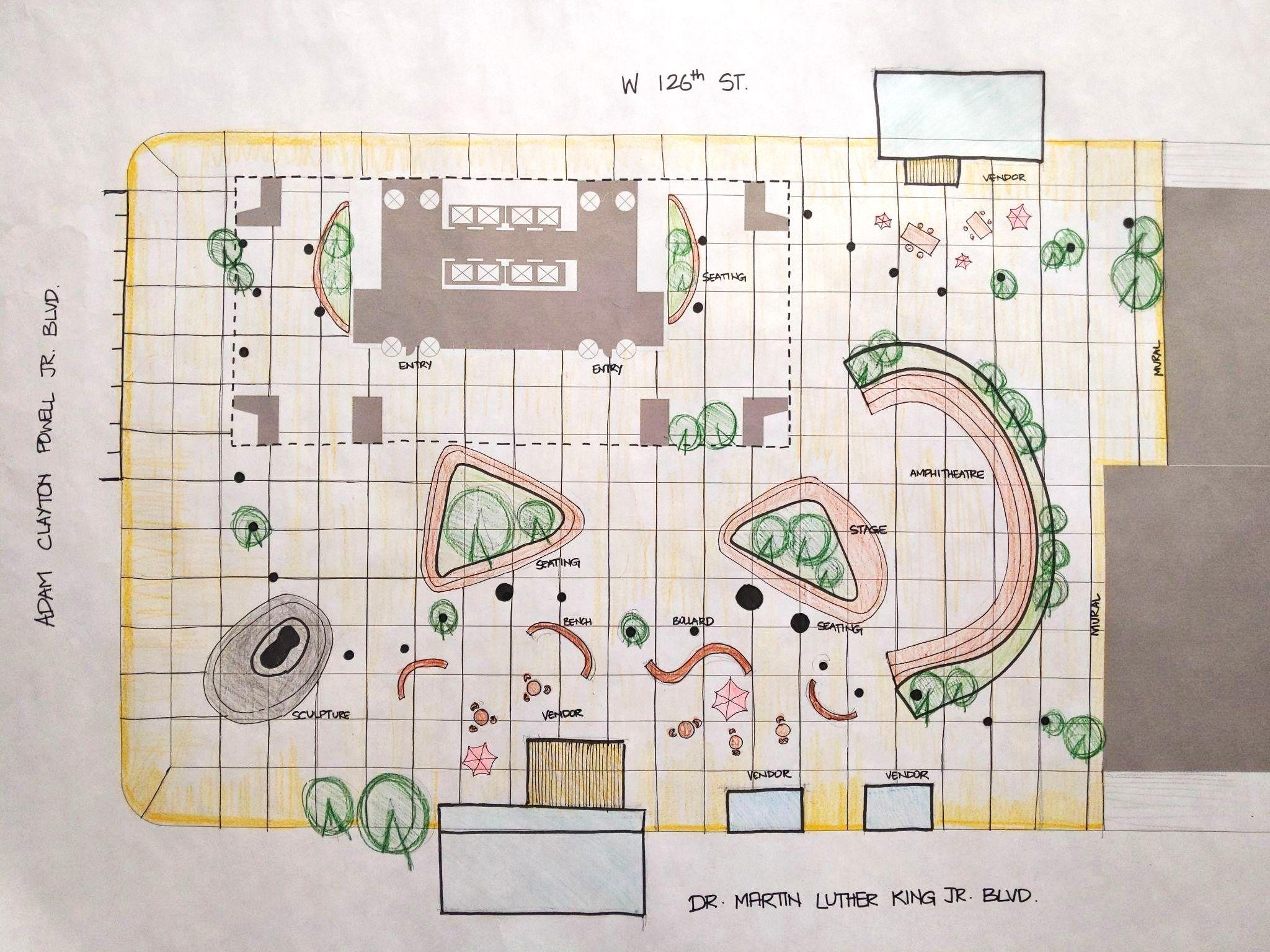

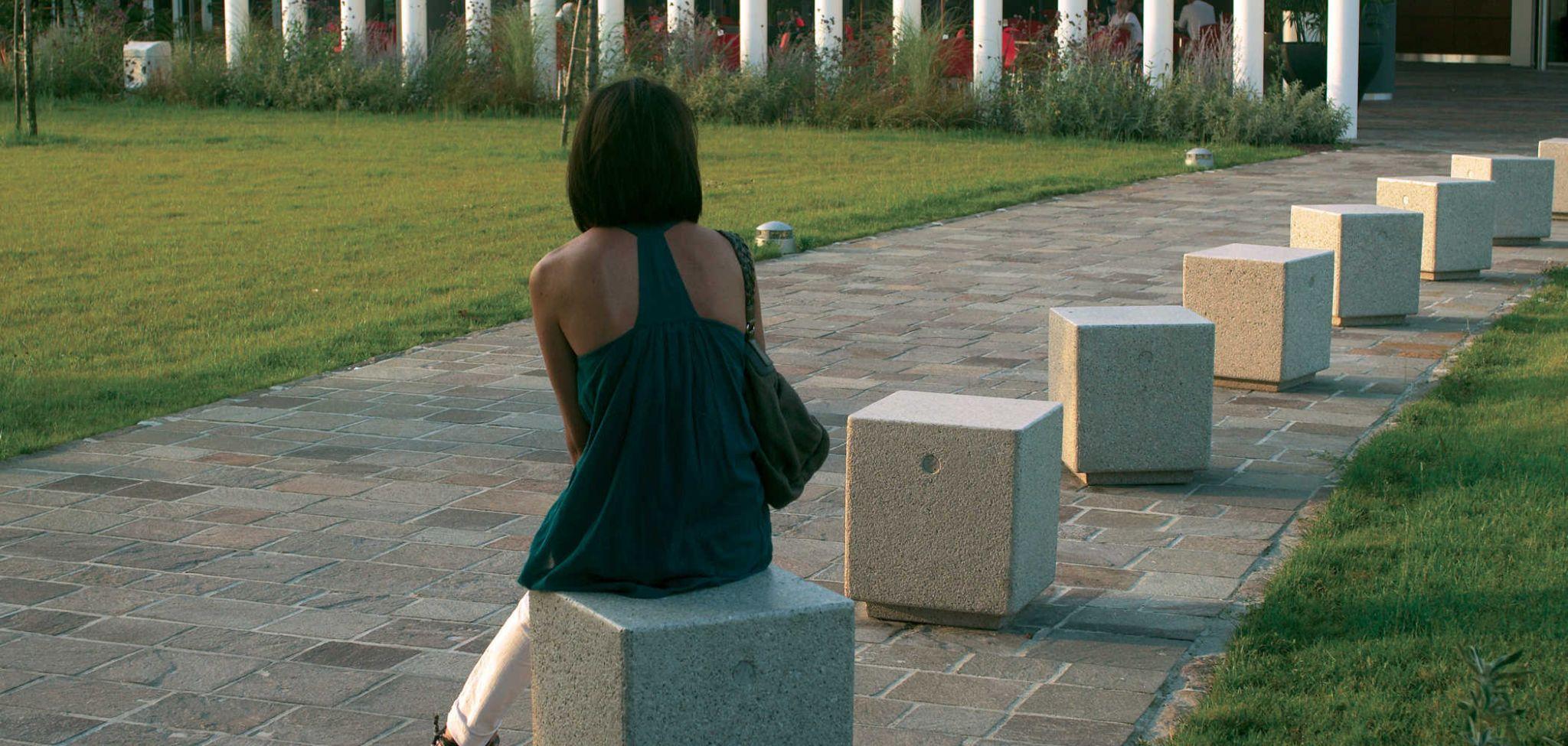

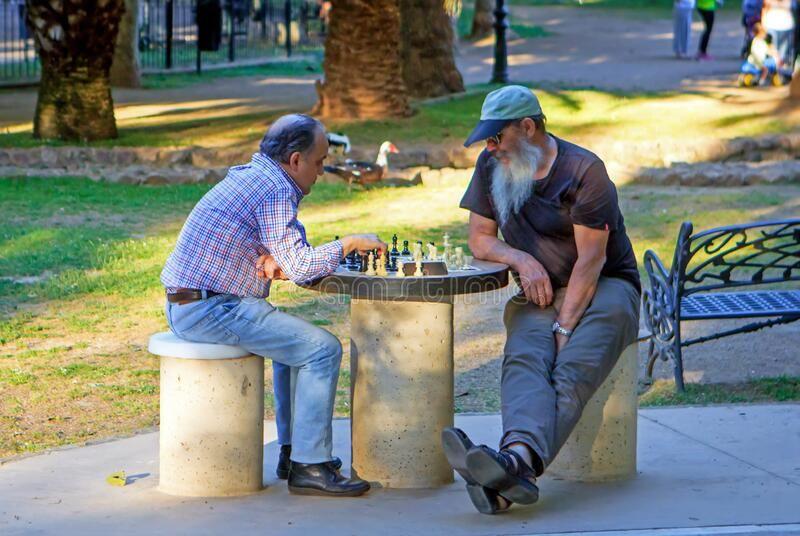
● ‘An amphitheatre’ will be functional even without events - can double as public seating




● During performances/events the amphitheatre takes the focus away from the tall building
● Amphitheatre offsets the tall building for human scale

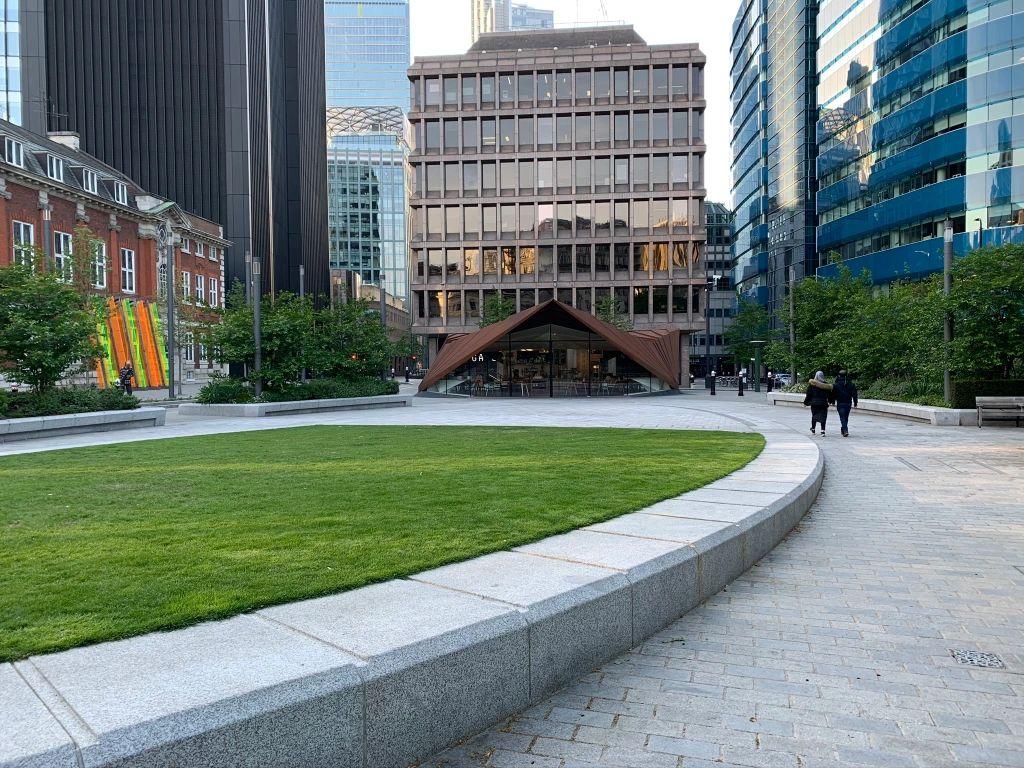

● With the edge softened and moved in, this space opens up to be occupied by vendors and customers (music and food trucks) - street culture


● Common space for community, in conjunction with approved new cultural building adjacent to H&M will create a social and cultural hub
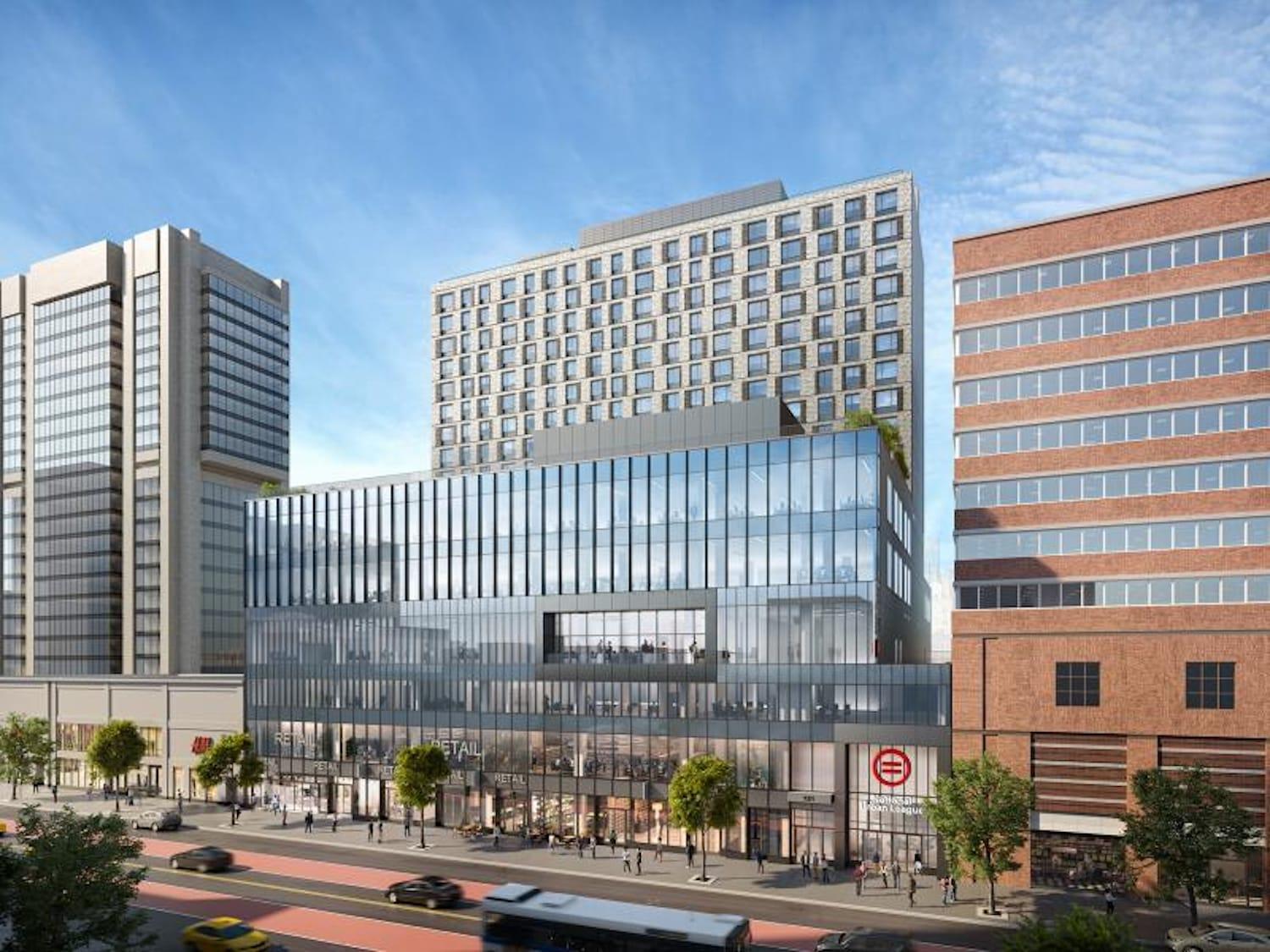
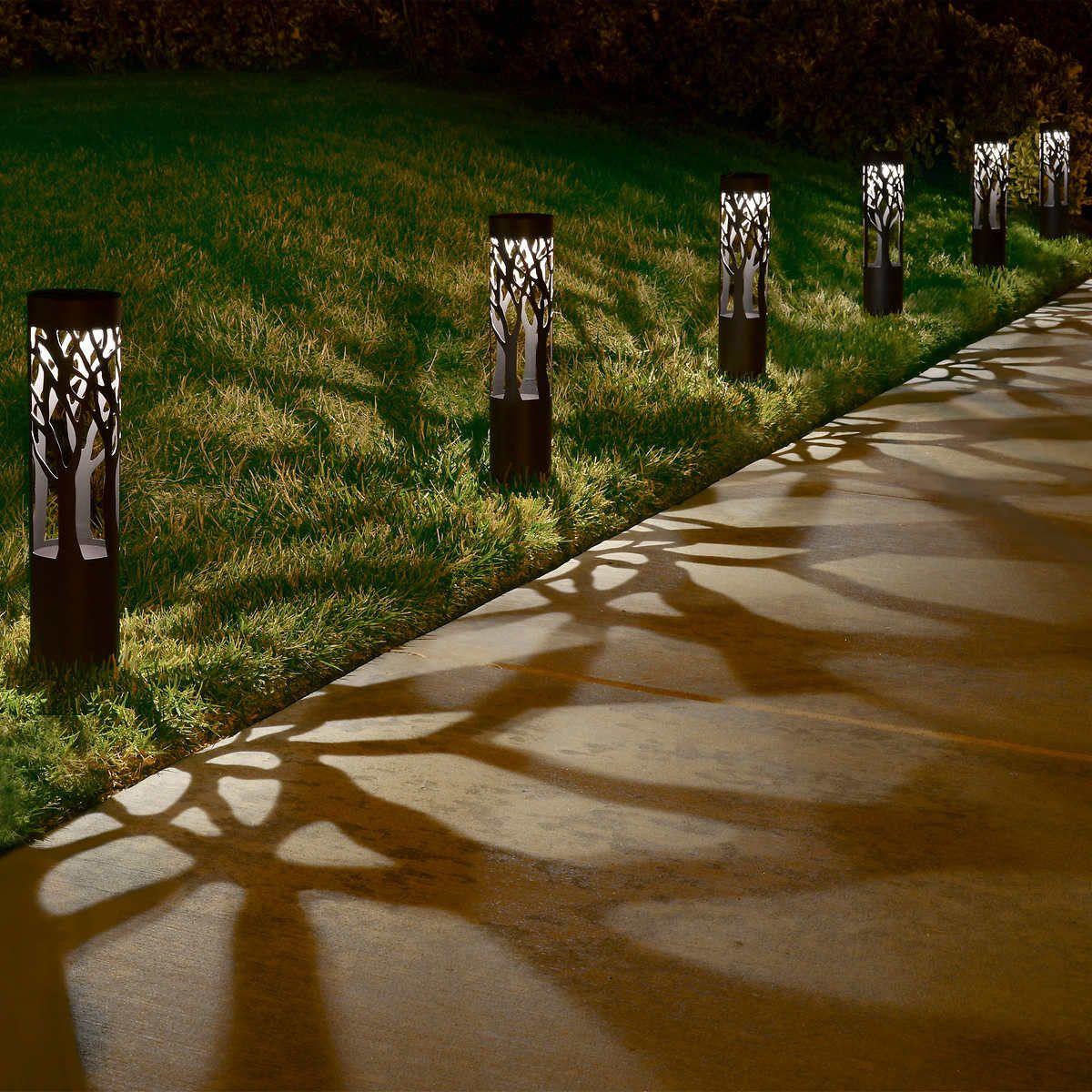
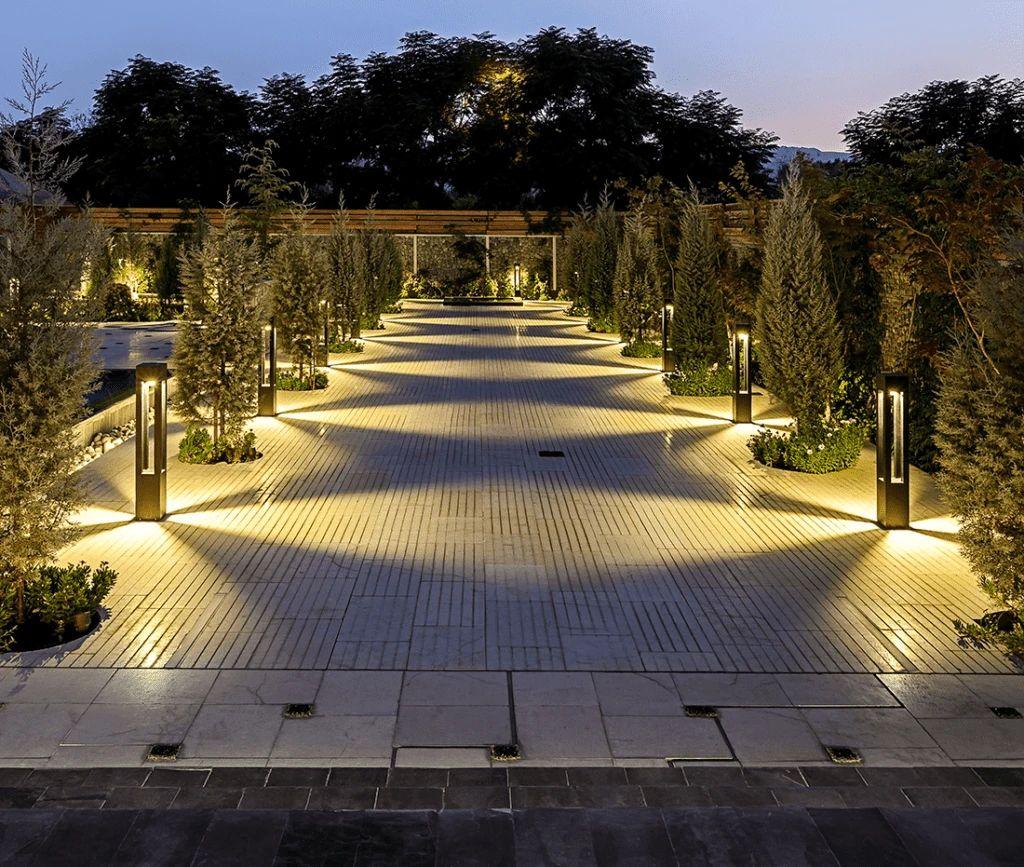




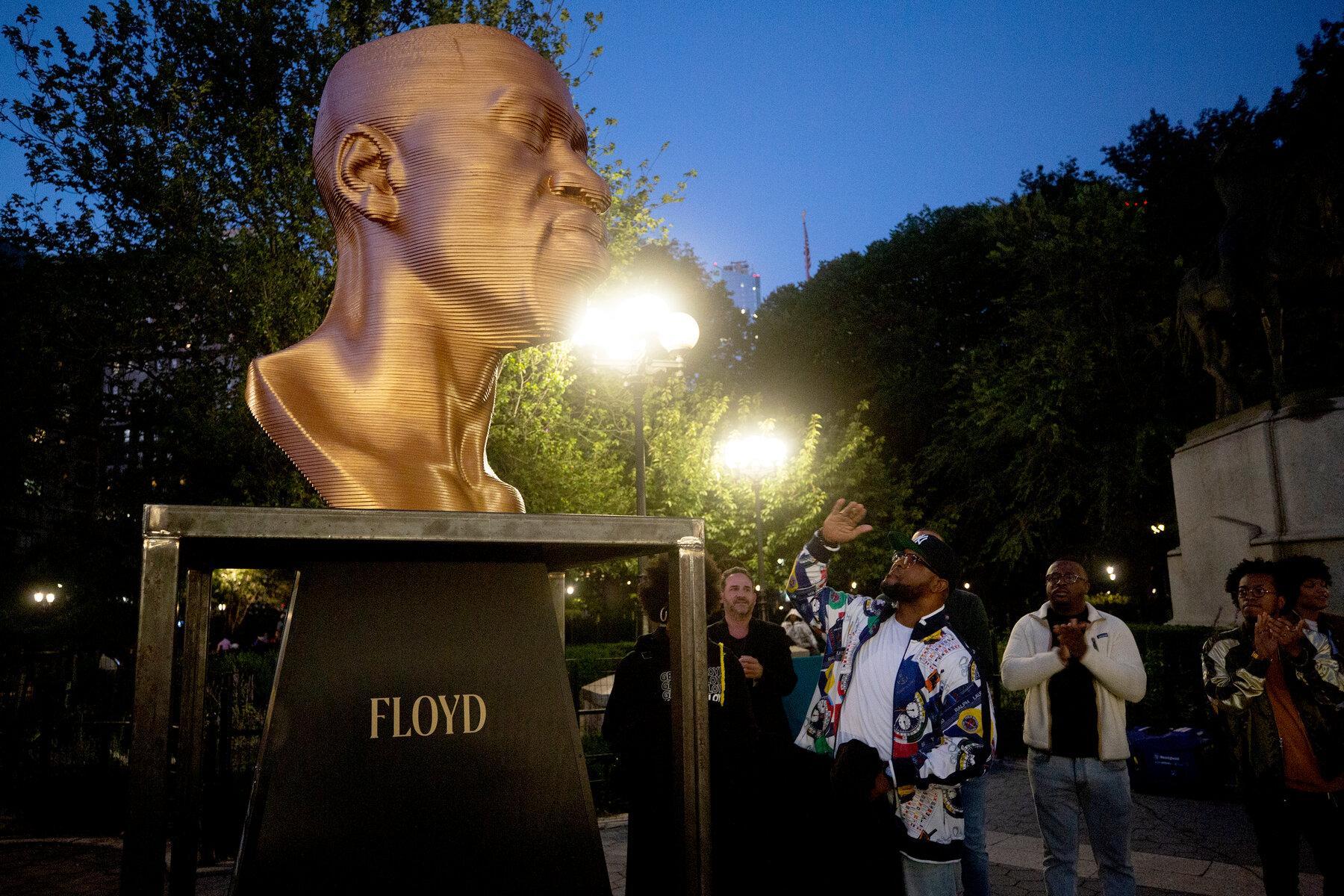
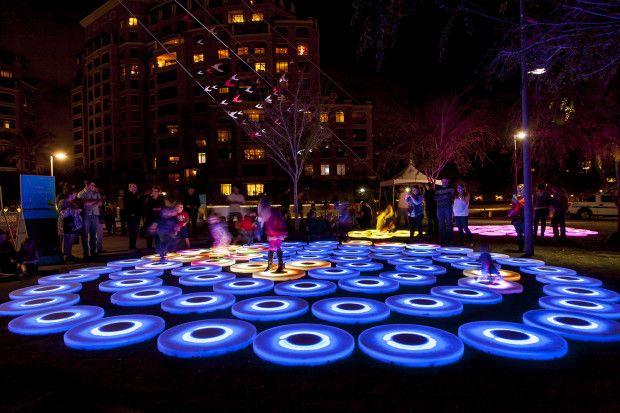

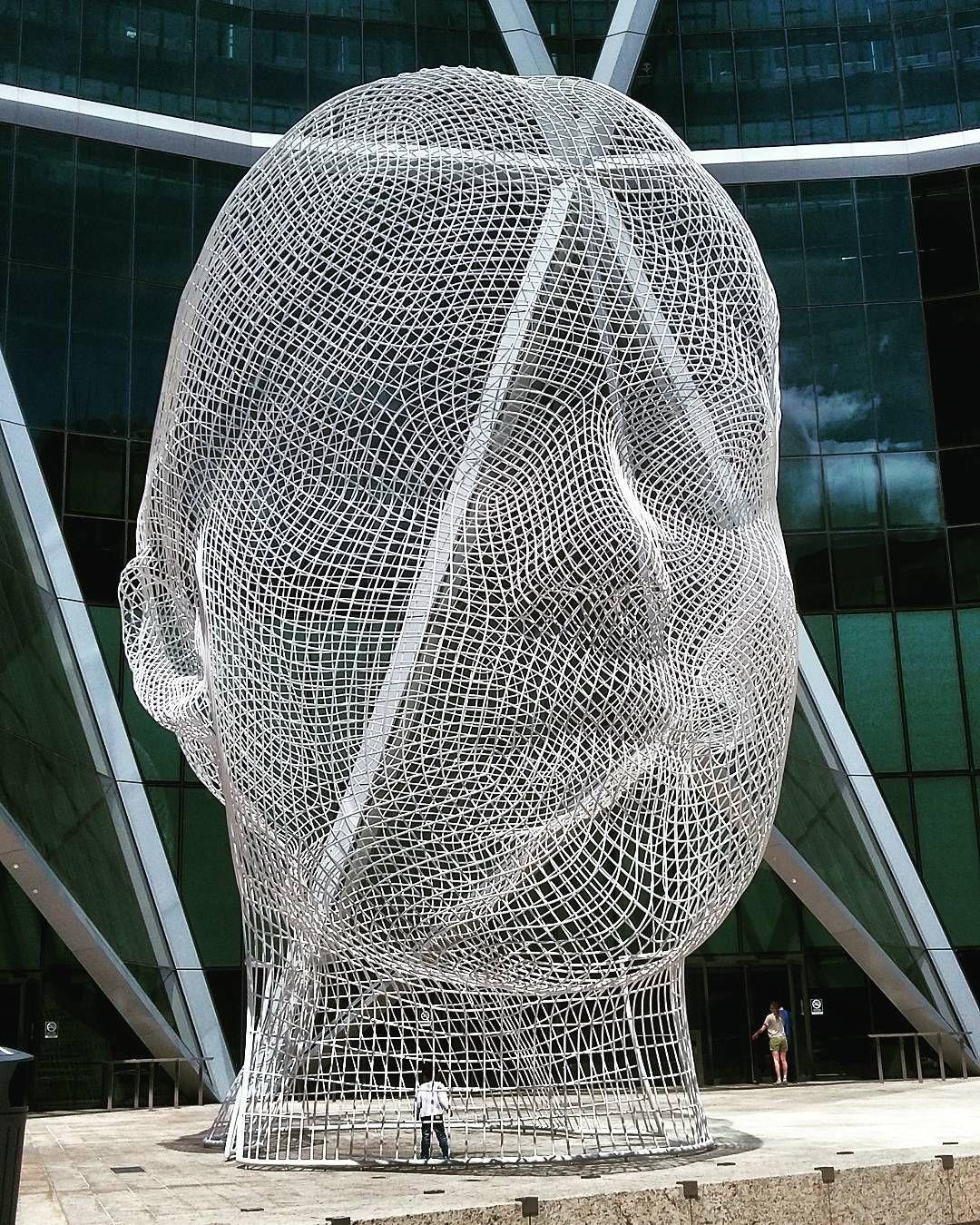
http://chum338.blogs.wesleyan.edu/a-new-kind-of-newspaper-adam-clayton-powell-jr-and-the-peoples-voi ce/
https://www.dnainfo.com/new-york/20110325/harlem/harlem-plaza-being-transformed-into-african-villagesquare/
https://www.nycurbanism.com/brutalnyc/2017/2/8/adam-clayton-powell-building
https://archinect.com/jasonpugh/project/african-square
https://www.history.com/topics/roaring-twenties/harlem-renaissance